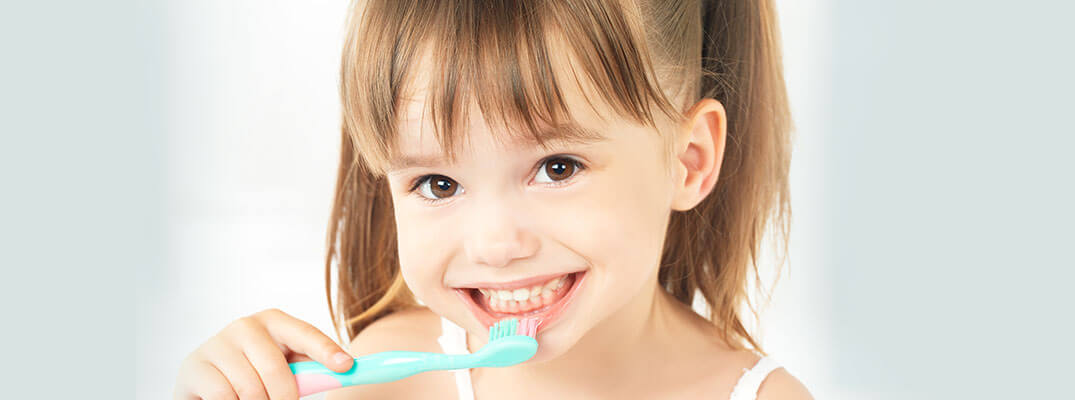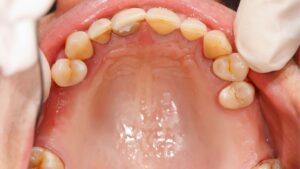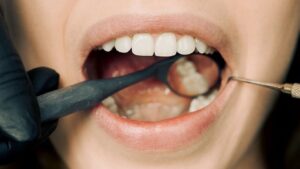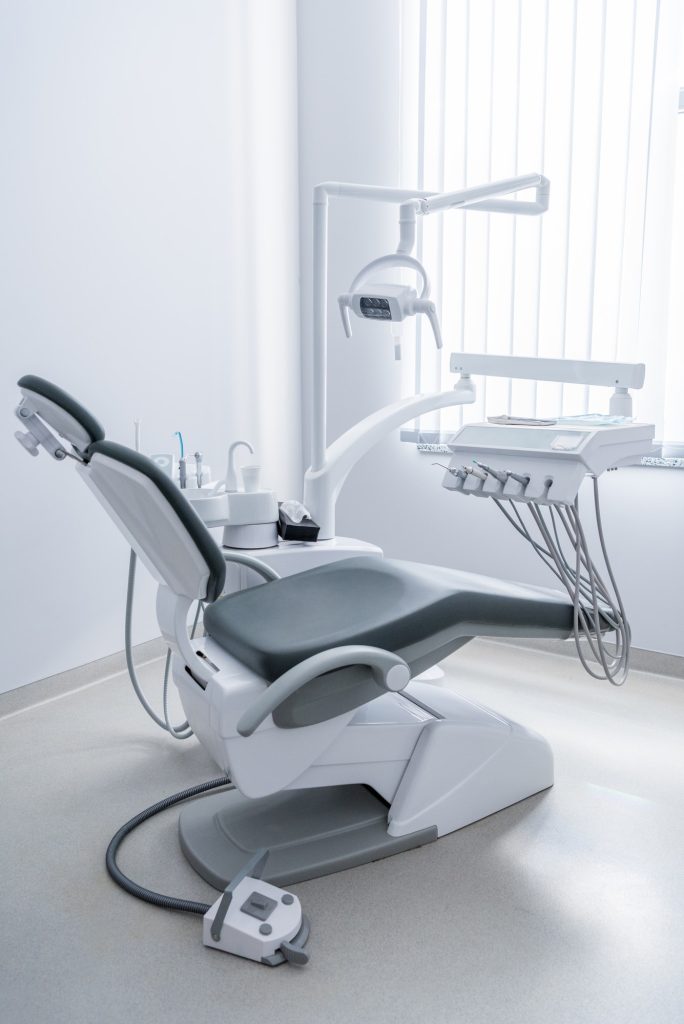Fluoride is a well-known and widely used ingredient in many dental care products, but when it comes to your child’s oral health, you might be wondering: Is fluoride safe for kids? And how exactly does it help protect their teeth from decay? As parents and caregivers, it’s essential to have the facts before making decisions about your child’s dental care.
What is Fluoride and How Does It Work?
Fluoride is a mineral that occurs naturally in sources such as water, soil, and some foods. In dental care, fluoride works primarily by helping to remineralise the enamel of the teeth, which is the hard outer layer that protects your child’s teeth from cavities and decay.
When your child consumes fluoride—whether it’s in drinking water, toothpaste, or other dental products—it gets absorbed by the enamel. It then bonds with the enamel and makes it stronger, which helps to prevent the breakdown caused by acids from food and bacteria in the mouth.
Why Is Fluoride Important for Kids’ Teeth?
Tooth decay is one of the most common chronic diseases affecting children in Australia. In fact, according to the Australian Institute of Health and Welfare (AIHW), approximately 50% of Australian children experience tooth decay by the time they’re five years old. Fluoride plays a crucial role in preventing this. Here’s how:
- Prevents Cavities: Fluoride helps to strengthen enamel, which in turn reduces the chances of cavities forming. It can even reverse the early stages of tooth decay by remineralising enamel that has been affected by acids.
- Protects Against Bacteria: Fluoride can inhibit the growth of harmful bacteria in the mouth. It disrupts the ability of bacteria to produce acid, which is a leading cause of tooth decay.
- Strengthens Developing Teeth: If your child’s teeth are still developing, fluoride can help strengthen the enamel of both primary (baby) and permanent teeth, protecting them from decay as they emerge.
Is Fluoride Safe for Children?
Fluoride, when used properly, is generally considered safe and highly effective in preventing tooth decay. However, it’s important to understand the appropriate amount of fluoride for children at different ages and to use it as recommended by dental professionals.
For children under the age of 6, the risk of swallowing toothpaste or mouthwash containing fluoride is higher. This is why it’s essential to only use a small, pea-sized amount of fluoride toothpaste and ensure that children are supervised while brushing. Swallowing large amounts of fluoride can lead to a condition called dental fluorosis, which can cause white spots or streaks on the teeth.
To help prevent this, it’s advisable to:
- Use an appropriate amount of toothpaste: For children under 3, use a smear (a tiny bit) of fluoride toothpaste, and for children over 3, use a pea-sized amount.
- Supervise brushing: Encourage your child to spit out the toothpaste instead of swallowing it.
- Avoid using fluoride mouthwash in younger children: Mouthwash should only be used once your child is old enough to spit it out and understand how to avoid swallowing it.
How Much Fluoride Is in Drinking Water?
In Australia, many communities add fluoride to the public water supply to help reduce tooth decay rates. The fluoride levels in drinking water are carefully controlled to ensure they remain within safe and effective ranges. In most Australian states, the fluoride levels in drinking water are between 0.6 and 1.1 milligrams per litre, which is optimal for cavity prevention without exceeding safe limits.
If you live in an area where fluoride is not added to the water, or if you’re using filtered water that removes fluoride, your child may not be receiving the benefits of fluoride through drinking water. In such cases, your dentist may recommend fluoride treatments or fluoride-containing toothpaste.
Fluoride Treatments at the Dentist
In addition to fluoride toothpaste, some children may benefit from professional fluoride treatments. These treatments are applied directly by a dentist and are stronger than over-the-counter fluoride products. Fluoride varnishes or gels are often used in these treatments and can provide extra protection, especially for children at higher risk of cavities.
Your dentist will assess your child’s individual needs and determine if they could benefit from these treatments based on their oral health and lifestyle factors, such as diet and hygiene habits.
Fluoride Alternatives for Children
If you are concerned about the use of fluoride, or if your child is sensitive to fluoride, there are alternatives to help protect their teeth:
- Xylitol-based products: Xylitol is a natural sugar substitute found in some oral care products that can help reduce cavity-causing bacteria.
- Calcium phosphate pastes: These can help remineralise the enamel in a fluoride-free way.
- Regular dental visits: Keeping up with regular dental check-ups is the best way to ensure your child’s teeth are healthy and free of cavities.
Fluoride Is an Essential Part of Children’s Oral Health
Fluoride is an essential tool in the fight against tooth decay. It’s been proven to reduce cavities, strengthen enamel, and protect developing teeth from decay. With proper use, it is considered safe and highly effective in improving your child’s dental health.
As a parent, it’s important to follow your dentist’s recommendations for fluoride use and always supervise your child’s brushing habits. If you’re unsure about how much fluoride your child should be using or whether fluoride treatments are appropriate for them, be sure to speak to your kids dentist. They can provide expert guidance based on your child’s age, health, and individual needs.
At Radiant Smiles Dental Bundoora, we’re here to help your child achieve a healthy, bright smile for life. Book an appointment with our friendly team today and take the first step towards great dental health for your little one!









